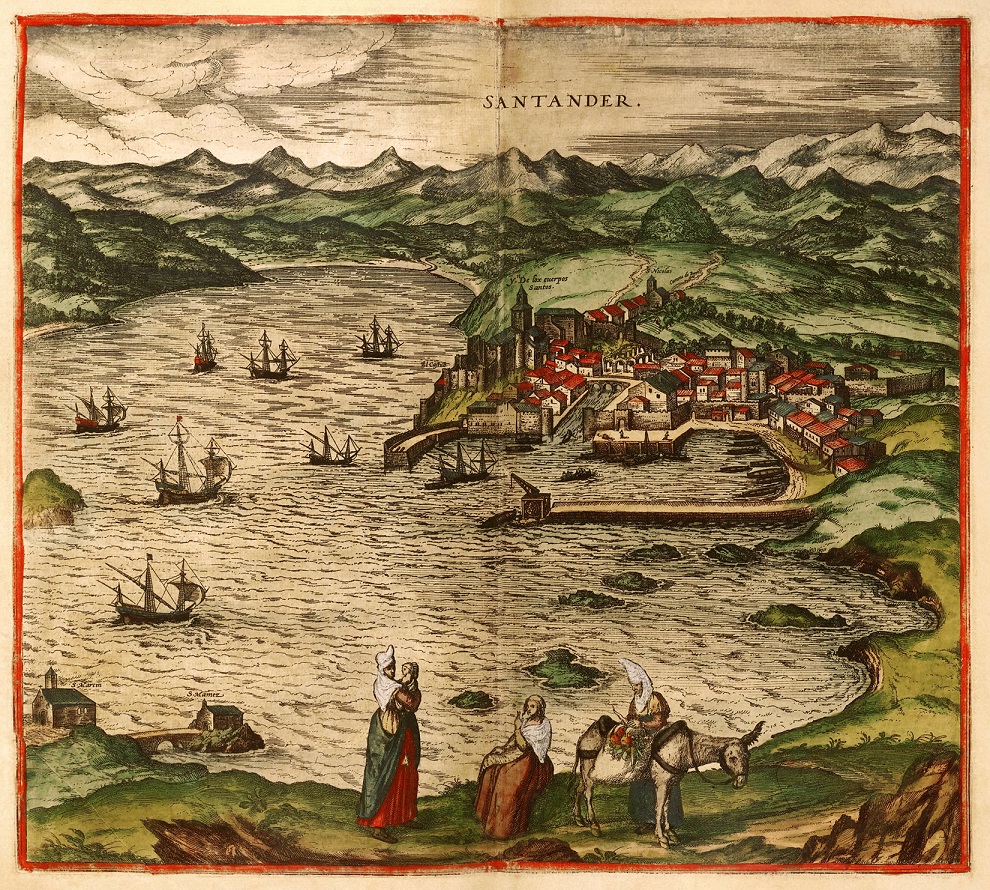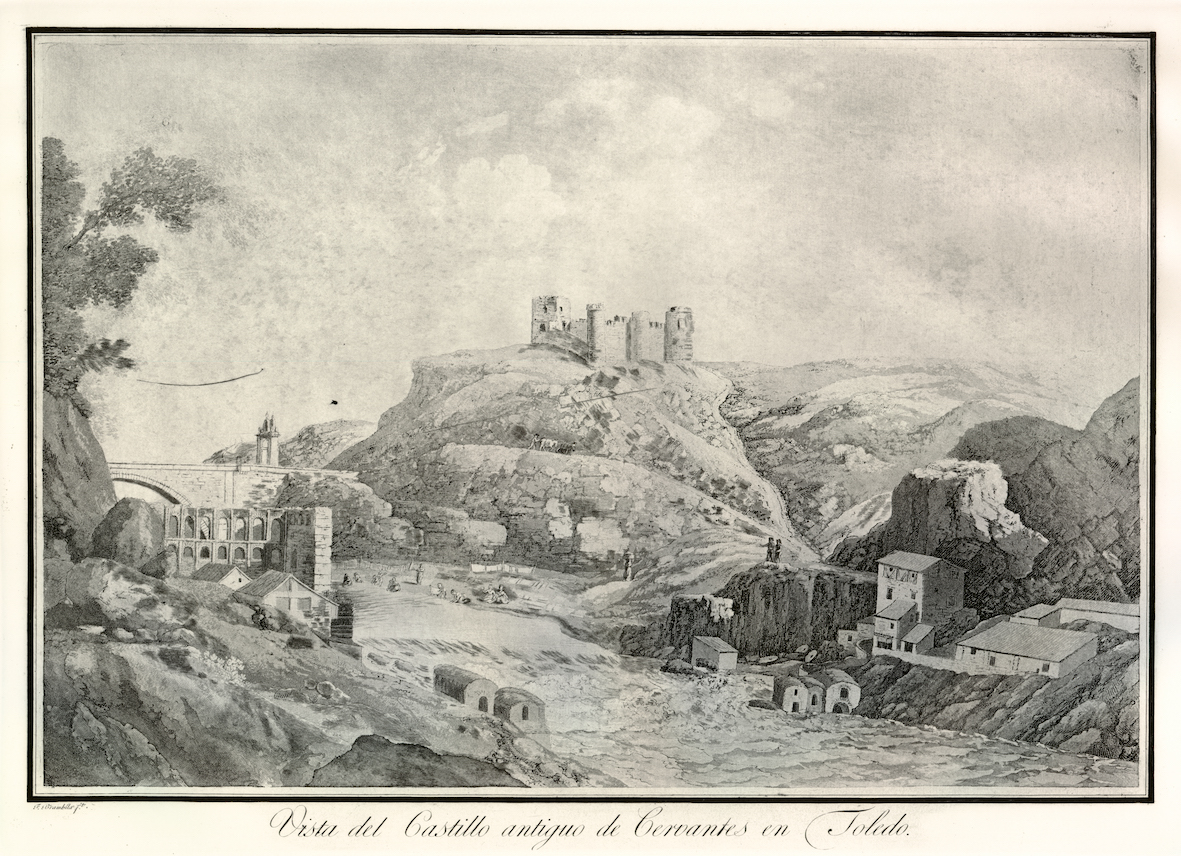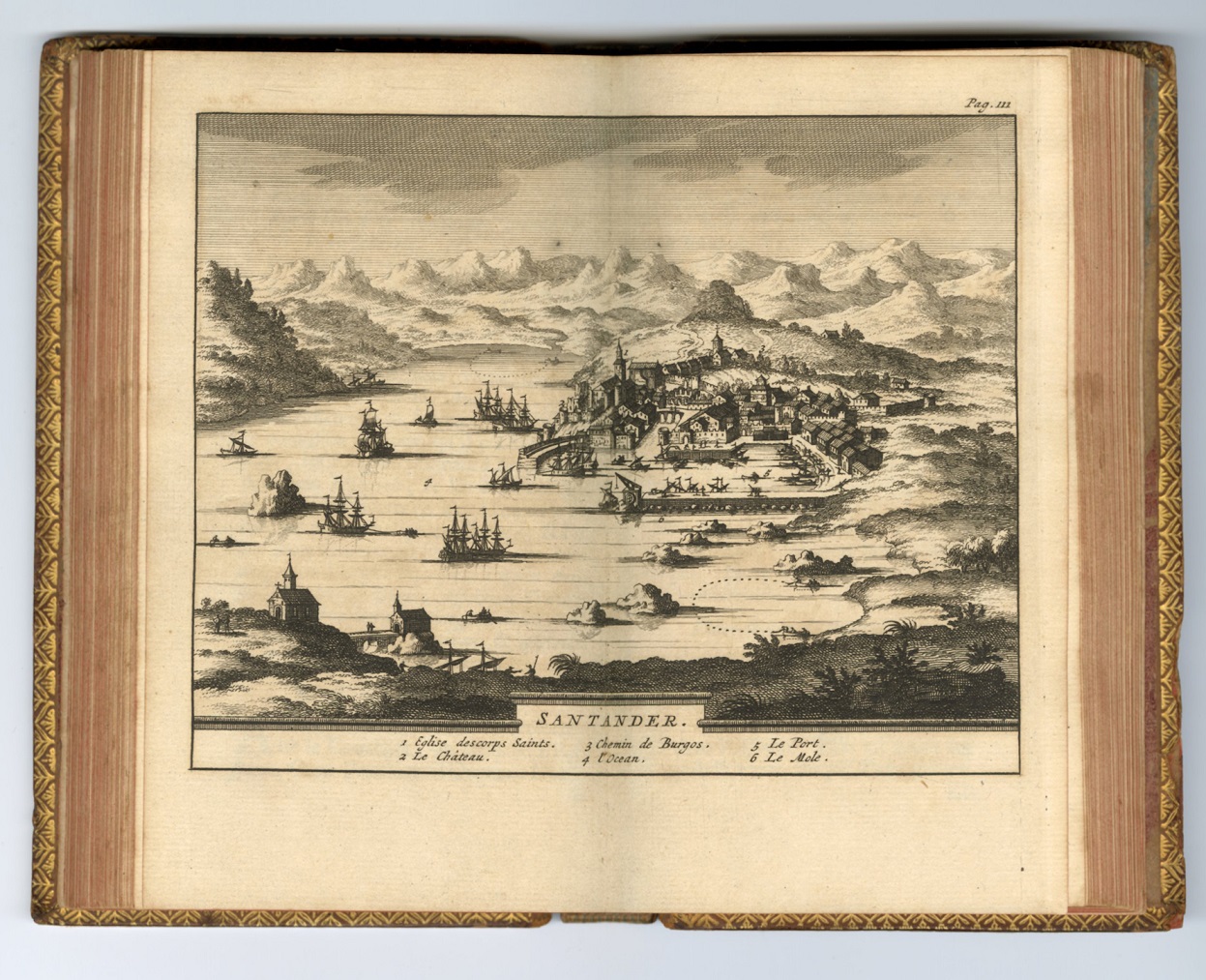The Palacete del Embarcadero hosts, from tomorrow Friday until 27 October, the exhibition Imago urbis.The Spanish cities seen by travelers (XVI-XIX centuries), which aims to analyze the evolution of the artistic image of Spanish cities, from the first Atlas of the sixteenth century to the appearance of photography. It draws on the important collection of illustrated books of travel, stamps, drawings or watercolors preserved by the Museum of Fine Arts of Asturias, completed with funds from the universities of Oviedo and Cantabria, the Library of Asturias "Ramón Pérez de Ayala", the Library of Menéndez Pelayo, the Lafuente Archive and several private collections.
Today, in the middle of the 21st century, digital technology allows the viewer to "travel" virtually through distant cities and become fascinated by the details of the urban reproductions of the digital age. However, the attraction to city representations has a long historical tradition and since the mid-16th century urban view books have known great editorial success. Its popularity extends throughout the Modern Age and reaches its fullness in Romanticism. The picturesque Spanish historic cities will be tirelessly revisited, creating a repertoire of urban views based on each other's gaze: the traveler, the editor or the foreign cartoonist.
Throughout more than a hundred works (among illustrated books, prints, watercolors, drawings and oil paintings) at the Palacete you can see the pioneering repertoires of views of cities in the Renaissance and the Baroque (Braun, Munster, Lavanha, Colmenar, Texeira), and then move on to the times of the Enlightenment (Villanueva, Ponz, Laborde, Bradford, Murphy, Brambrila) and the nostalgic gaze of romantic travelers (Locker , Lewis, Roberts, Gail, Vivian, Girault de Prangey, Pérez Villaamil, Doré). Finally, the emergence of photography (Clifford, Laurent) and the first balloon trips (Guesdon), together with the bourgeois industrial expansion, will transform the perception of the traditional city, completing this fascinating visual and literary journey through Spanish urban iconography, a fragmented artistic genre that allows - like few - to walk through the historical landscapes.
On the occasion of the exhibition will be published a book-catalogue published by EDICIONES TREA and the Museum of Fine Arts of Asturias, with the collaboration of the Ministry of Science, Innovation and Universities, the Universities of Cantabria and Oviedo and the Port Authority of Santander that will be presented in Oviedo and Santander, on October 24 and 25 respectively.



